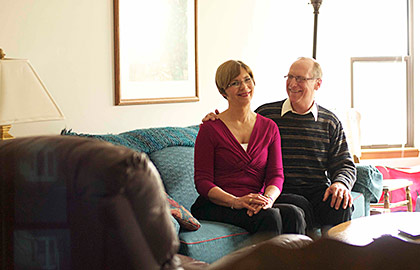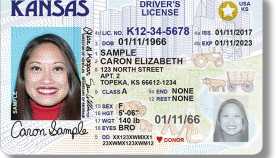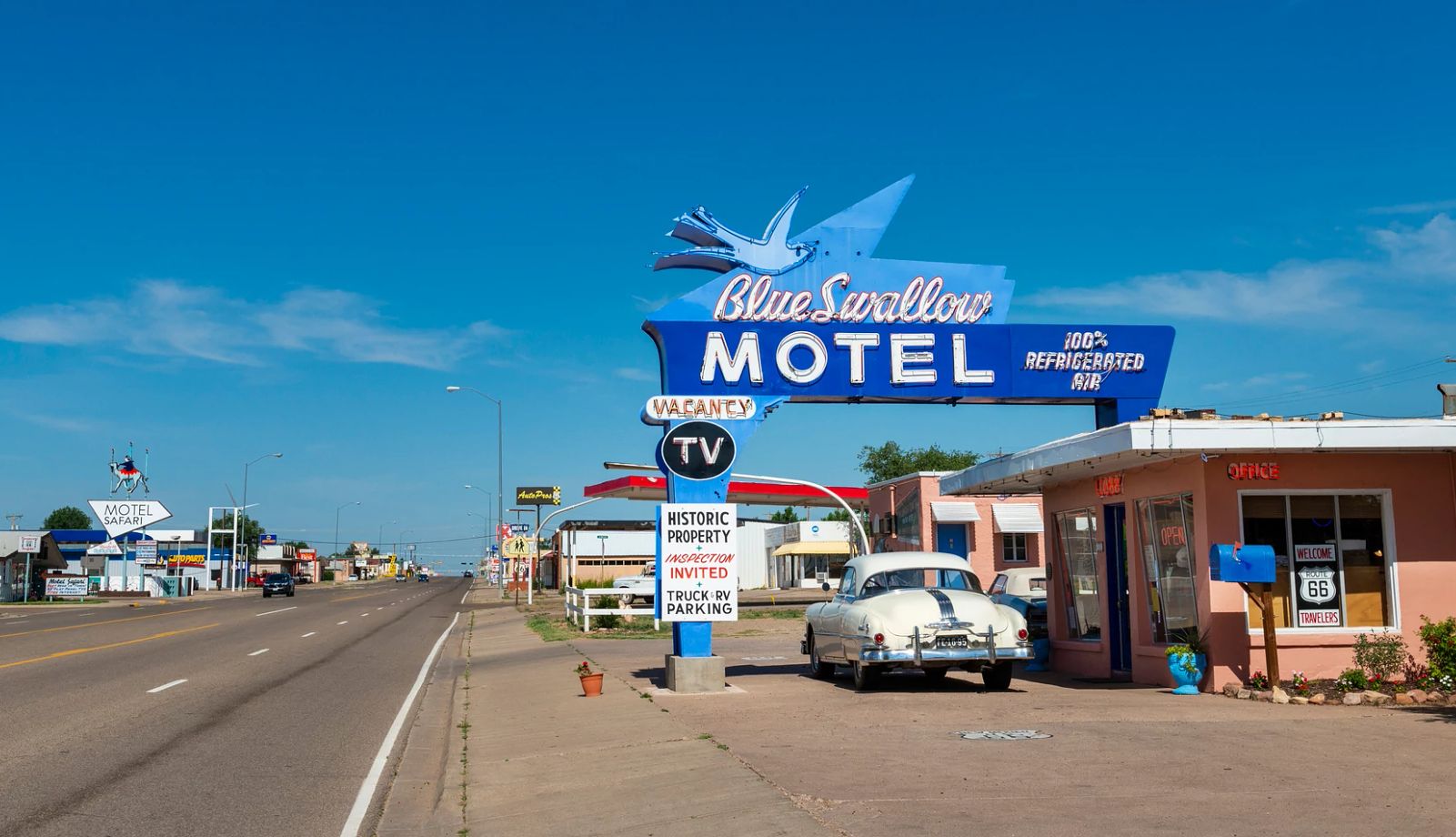AARP Eye Center

By Mary Van Beusekom • A standout in math during high school, Julie Allen, 60, always felt at ease with numbers. So when balancing her checkbook became a muddled mess, Allen’s training as a nurse kicked in: She recognized an ominous sign that something was wrong with her brain.
Whether it was her relative youth (Allen was 52 when symptoms started) or how articulate she was in describing those symptoms, doctors initially attributed her memory loss and confusion to menopause or a thyroid disorder or depression—anything but Alzheimer’s disease.
Allen still lives with her husband, Tom, 61, at a senior living facility in St. Anthony. But for her and the other 110,000 Minnesotans who have dementia, future medical and care needs loom.
More than 50 organizations in the state, including AARP Minnesota, are helping communities become “ dementia capable communities” to prepare for an increasing number of residents with dementia.
The Alzheimer’s Association predicts that by 2025, nearly 1 in 10 state residents 65 and older will have Alzheimer’s disease, the most common form of dementia.
What’s missing?
In 2009 the state legislature mandated the development of a plan to deal with the projected increase of people with dementia. The ACT on Alzheimer’s project includes doctors, nurses, insurers, the long-term care industry and consumer advocates. They developed a tool kit to help communities assess gaps in services for people with dementia and their caregivers.
Adult day programs, in-home or resident nursing care, meals and transportation are the kind of services the Alzheimer’s Association says are critical to helping people with dementia live with dignity and their caregivers avoid burnout.
They are also costly: The association predicts $203 billion will be spent this year to care for people with Alzheimer’s, a figure that will rise to $1.2 trillion by 2050.
ACT on Alzheimer’s has begun a pilot program in St. Louis Park, Walker, Willman and six St. Paul neighborhoods (Highland Park, Mac-Groveland, Summit Hill, Summit-University, Union Park and West 7th) and among members of Twin Cities synagogues and Jewish organizations.
“It’s about beginning a conversation about a disease that people, quite frankly, are terrified of,” said Seth Boffeli, AARP Minnesota spokesman.
Community leaders will be encouraged to learn about the disease; assess the gaps in services needed by people with dementia and their caregivers; think about how to pay for those services; and plan how to work together to provide them.
Raise awareness
Looking at unmet needs in each community will also help raise awareness of the importance of early diagnosis, educate health care providers, reduce stigma and sustain caregivers. That will allow the state and communities to focus funding where it can have the greatest impact, said Olivia Mastry, executive lead of ACT on Alzheimer’s.
The AARP online Caregiver Resource Center is one of the resources recommended on the ACT on Alzheimer’s website.
While many people who suspect they may have dementia try to dodge a diagnosis, Julie and Tom Allen said early detection allows people to face their future with clarity rather than fear.
It also allows them time to deal with the legal, financial and emotional issues of Alzheimer’s and to appreciate and enjoy their life now, Tom Allen said.
For information on the project or to download the tool kit for communities, visit ActonAlz.org.
Mary Van Beusekom is a writer living in Excelsior, Minn.

















)













































